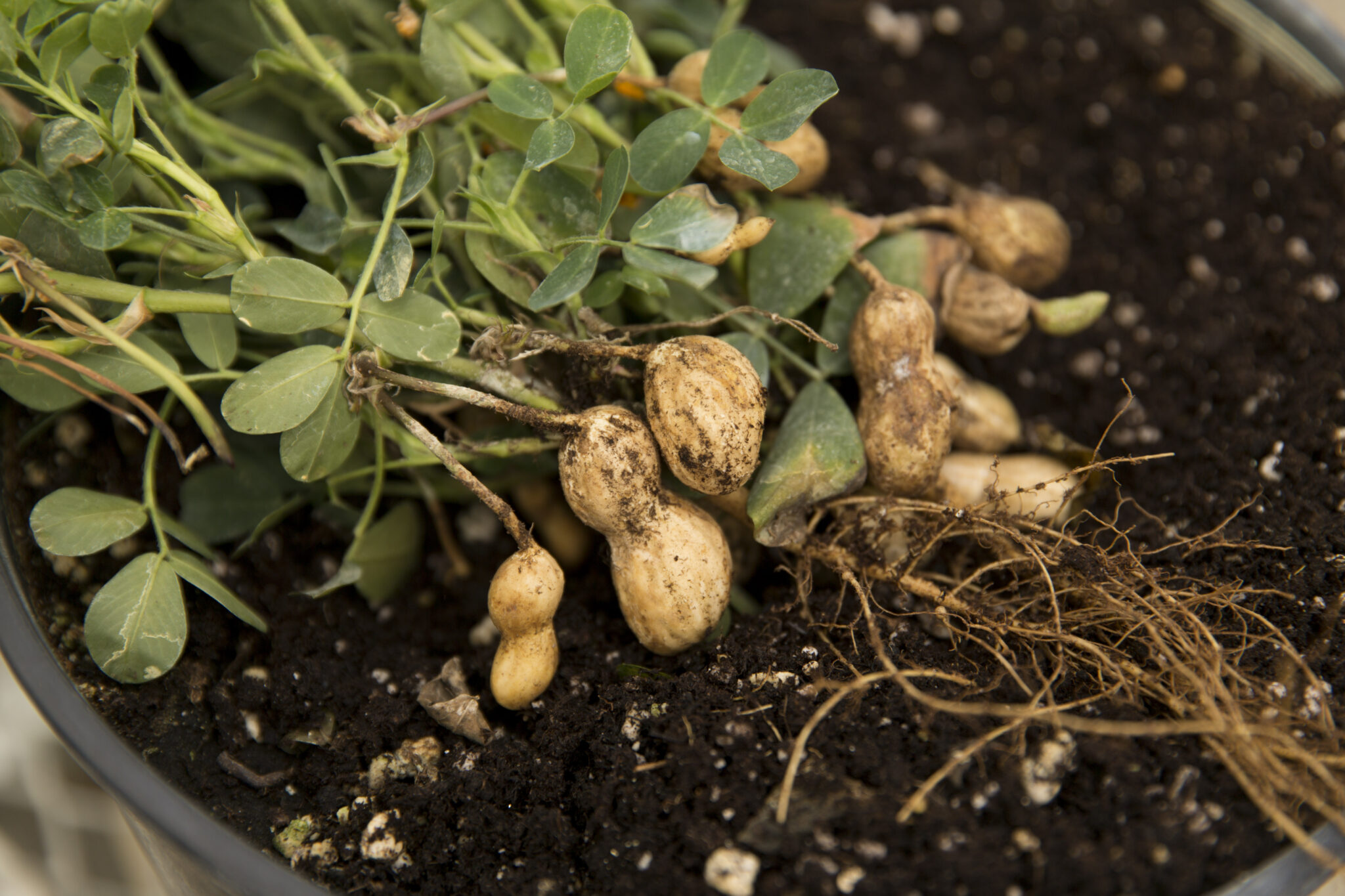|
Max Carter's Coffee County farm doesn't impress you with its neatness. "I like my farming on the trashy side," Carter chuckled as he checked his cotton and peanut fields.
The beauty of Carter's farm, though, is beginning to catch the eye of more than one beholder. The scruffy look of crops planted into the stubble of previous crops hides a simple success a growing number of farmers are embracing.
"It's hard to say for sure how many farmers are using conservation tillage," said Glen Harris, an Extension Service crop and soil scientist with the University of Georgia College of Agricultural and Environmental Sciences.
"We've been saying 15 percent of row crops," Harris said. "Last year, though, I really think it might have been as high as 20 percent or even 25 percent."
|
| In conservation tillage, farmers use special equipment to loosen the soil in narrow grooves or strips soil and plant rows of summer crops into the stubble of previous winter grain crops like this field of rye. |
Planting in Strips
Traditionally, farmers make as many as five passes over their land in the process of tilling their soil and planting their crops.
Carter and others who use conservation tillage don't do all that plowing. They use strip tillage equipment to plant rows of summer crops into the stubble of small-grain winter crops.
"It saves a lot of time and money," Harris said. "It has a lot of other benefits, too. It greatly improves the soil's water-holding and nutrient-holding capacity. For years, we promoted it as a means to control soil erosion. But now, the economics are making it catch on."
Carter said he started his "ugly farming" on a small scale. "I started playing with this with soybeans behind wheat 24 years ago," he said. "I've been farming since 1954. I call myself doing it wrong for 20 years. We plowed these fields a tremendous amount. We built ponds and pumped water.
Less Plowing, Watering
"And finally, after 20 years," he said, "we realized we weren't getting a lot accomplished. Over the past 24 years, we've grown into a no-till situation."
Now, Carter has crops growing on his 200 acres virtually year-round. He usually makes nearly two bales of cotton per acre and has equally impressive peanut yields. But he spends far less money and effort to produce his crops.
"We don't irrigate anymore since we quit plowing," he said. "We sold off the irrigation equipment. We maintain enough straw on the land to give us a kind of mulch to preserve the water that falls."
Less Labor, Too
Near the end of the season, Carter still hadn't put any insecticide on his cotton or peanuts. "We attribute that to beneficial insects," he said. "They come in and work the fields."
|
| It may not be the prettiest farming, but these cotton rows emerging from the stubble of a winter rye crop are economically attractive to a growing number of farmers. |
Other than Carter, only the insects work his fields. "After I got into no-till, all my help wanted to work at Wal-mart or uptown, so I started doing it all myself," he said. "And I take a swing at a golf ball once in a while."
Carter won't say he's making big money. "We're saving money, naturally, from less plowing and less chemicals," he said. "If we're going out of business, we're at least going out slower."
Improved Soil Quality
He and Harris agree that conservation tillage's single greatest benefit is improved soil quality.
"Everything goes back to building the organic matter in the soil," Harris said. "That's a real challenge, especially in our sandy south Georgia soils. It's not a one-year thing. But a farmer should see a real difference in three to five years."
Carter figures the new millennium will see more of this low-input farming. "Conservation-tillage people will be the ones to bring the flag out when it's all over," he said.
"They can stay longer than a person who's wearing out tractors and letting his topsoil leave while he's sleeping," he said. "If you don't have a healthy topsoil, you'll lose somewhere -- now or the next generation."

 This
story is another in a weekly series called "Planting the
Seed: Science for the New
Millennium." These stories feature ideas and advances in
agricultural and
environmental sciences with implications for the
future.
This
story is another in a weekly series called "Planting the
Seed: Science for the New
Millennium." These stories feature ideas and advances in
agricultural and
environmental sciences with implications for the
future.






